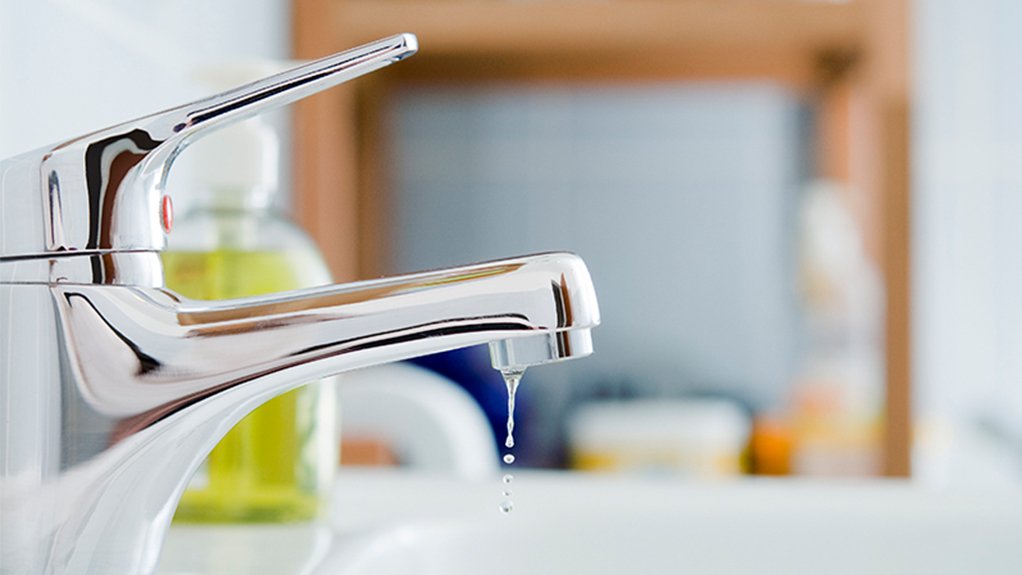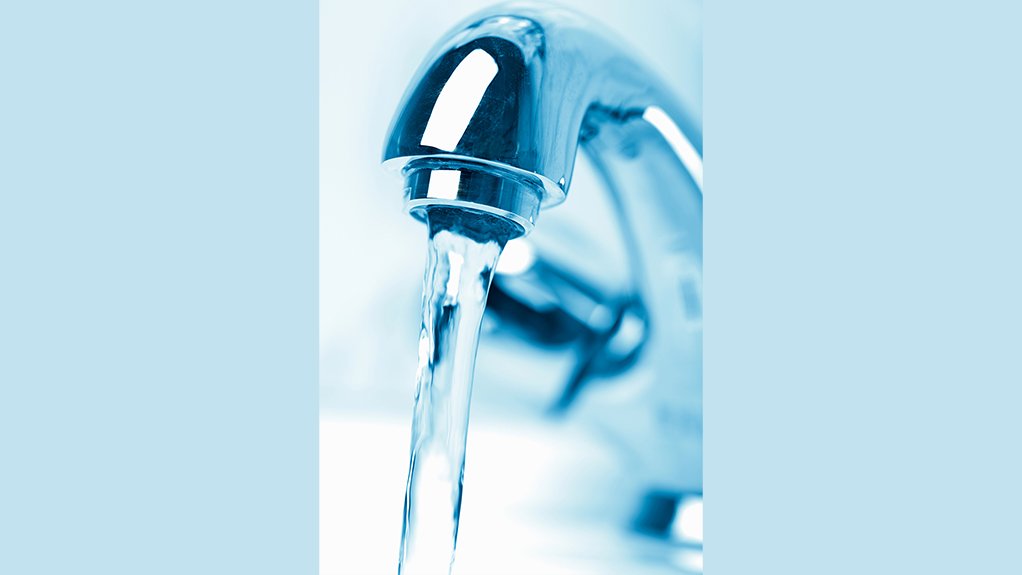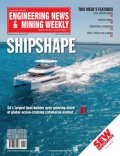Cracking the Code – North American Plumbing Product Compliance
This article has been supplied as a media statement and is not written by Creamer Media. It may be available only for a limited time on this website.
There is no doubt that export is important to the South African economy since 30%(1) of the South African GDP is tied to the export of goods or services. Any manufacturer sending products into other countries must be familiar with regulations or standards required for sale into the local market, or risk rejection of the product by retailers, inspectors, regulators, or other authorities having jurisdiction. The water and plumbing market is no exception to these requirements. The U.S. is one of the top three countries receiving South African goods and services(2), so any plumbing product manufacturer considering sale into the United States must ensure product compliance before entering the market.
Building plumbing products are certified to many standards in the U.S., and at times the process can seem overwhelming. Understanding what drives product certification, common standards and how the standards relate to one another can make everything less intimidating, while also teaching you what to expect during the certification process.
Regional Requirements
In the U.S., three model plumbing codes have been adopted by states, counties and/or cities. The adoption can be as-is or with amendments that address location-specific concerns. For example, in colder climates, the model code might be adopted with amendments that require pipe insulation or specific routing to prevent freezing. Upon adoption, the model plumbing code becomes known as the local plumbing code, the plumbing code or the code. The code will contain general requirements that all plumbing fixtures and fittings must meet. There also will be product-specific sections with requirements that often stipulate that a product conform to product standards.
Code enforcement happens at a local level. When a plumbing inspector or authority with jurisdiction conducts an inspection, he or she looks to ensure the plumbing fixtures and fittings have been third-party certified to the applicable product standards outlined by the code.
One of the most commonly asked questions is, “What plumbing standards apply to my product?” The answer usually can be found by looking at the plumbing codes, searching online standard distributors for keywords related to your product or contacting your certification body of choice. It is a good idea to have a copy of the appropriate product standards available when you are designing the product. By doing this, you know exactly what your product will be up against when you submit it for certification. When product development is focused on designing a product compliant to the standard, it greatly increases your likelihood of success and reduces spending on retests and redesigns. Standards can be purchased online from any number of sources, including their publishers or third-party groups.
Another question that often is asked is, “What tests and requirements will the product standard include?” Typically, product standards are divided into three categories: design requirements, performance requirements and marking or literature requirements.
The design requirements section often will address product features that may or may not require testing as part of the certification evaluation. This may include verification that certain alloys or plastics, proper threads and electrical safety have been addressed by the manufacturer.
The performance requirements section is the testing section. It contains tests that evaluate the functionality, structural integrity, and cosmetic and mechanical durability of a product.
The marking or literature section details requirements for each product specific to the product type. It is important to note that product standard markings are not the same as the markings required by third-party certification bodies, which typically include their mark and traceability information.
Standards & Certification
Some of the most common plumbing fixture and fitting product standards include ASME A112.18.1/CSA B125.1-Plumbing Supply Fittings, ASME A112.18.2/CSA B125.2-Plumbing Waste Fittings, and IAPMO Z124/CSA B45.5. These standards appear to have two names because they are harmonized between the U.S. and Canada, meaning two previously separate product standards were combined in an attempt to simplify the product compliance process between the two countries. These three product standards are examples of how standards can be interrelated. For example, a service sink that is supplied with a faucet and drain will require all three product standards. This is something that is pointed out in IAPMO Z124/CSA B45.5, as two of the clauses require ASME A112.18.1/CSA B125.1 and ASME A112.18.2/CSA B125.2 for all factory-supplied fittings.
Another example of product standards referencing other product standards is ASSE 1016/ASME A112.1016/CSA B125.16. Devices covered by this product standard are required to comply with all applicable requirements of ASME A112.18.1/CSA B125.1. Single product standards may require compliance to other standards depending on design choices, included hardware and construction materials. In these instances, the manufacturer may purchase previously certified supply and waste fittings or opt to make their own and have them certified. There are advantages to both approaches. While it can be frustrating to find out additional standards apply to your product, writers often refer to additional standards in this manner to organize requirements and avoid duplication, which may lead to inconsistencies over time.
Product certification by an accredited third party, like UL LLC, is the best way to verify your product meets the requirements of any standard. This approach generally has three steps: application, evaluation and testing, and completion. The application can be submitted in many ways and ideally leads to a quote for the certification of your product. Depending on the level of information provided, the quote can be general or specific. General quotes often include additional assumptions that will be verified during the second phase of the project. The certification agency typically will provide application forms to their customers to gather the correct product information. The next step, evaluation and testing, includes gathering complete product information, including a design or construction review, development of the test program, and the actual testing itself. Finally, results are issued at completion, and if everything meets the criteria of the standard, certification or approval to apply the certification body’s mark is provided.
When broken down, the regulatory drivers, standards and certification processes are much simpler than they first appear. If you are considering export to the U.S., take time to determine the local standards that apply to your product and their associated requirements early in the design process. It will make the certification process easier down the road and help ensure products are accepted by retailers, inspectors, regulators, and other authorities having jurisdiction. This approach will save time and costs associated with redesign and retesting.
This article was originally published on https://www.wqpmag.com/product-testing-certification/cracking-code on September 24, 2018.
Authors: Charles Erickson and Amanda Fisher with UL, LLC. The authors can be reached at waterinfo@ul.com.
References:
-
The World Bank. Accessed 6/3/2020
-
UN Comtrade (2018)
Via: https://globaledge.msu.edu/countries/south-africa/tradestats#source_2
Empowering Trust UL Southern Africa
Comments
Press Office
Announcements
What's On
Subscribe to improve your user experience...
Option 1 (equivalent of R125 a month):
Receive a weekly copy of Creamer Media's Engineering News & Mining Weekly magazine
(print copy for those in South Africa and e-magazine for those outside of South Africa)
Receive daily email newsletters
Access to full search results
Access archive of magazine back copies
Access to Projects in Progress
Access to ONE Research Report of your choice in PDF format
Option 2 (equivalent of R375 a month):
All benefits from Option 1
PLUS
Access to Creamer Media's Research Channel Africa for ALL Research Reports, in PDF format, on various industrial and mining sectors
including Electricity; Water; Energy Transition; Hydrogen; Roads, Rail and Ports; Coal; Gold; Platinum; Battery Metals; etc.
Already a subscriber?
Forgotten your password?
Receive weekly copy of Creamer Media's Engineering News & Mining Weekly magazine (print copy for those in South Africa and e-magazine for those outside of South Africa)
➕
Recieve daily email newsletters
➕
Access to full search results
➕
Access archive of magazine back copies
➕
Access to Projects in Progress
➕
Access to ONE Research Report of your choice in PDF format
RESEARCH CHANNEL AFRICA
R4500 (equivalent of R375 a month)
SUBSCRIBEAll benefits from Option 1
➕
Access to Creamer Media's Research Channel Africa for ALL Research Reports on various industrial and mining sectors, in PDF format, including on:
Electricity
➕
Water
➕
Energy Transition
➕
Hydrogen
➕
Roads, Rail and Ports
➕
Coal
➕
Gold
➕
Platinum
➕
Battery Metals
➕
etc.
Receive all benefits from Option 1 or Option 2 delivered to numerous people at your company
➕
Multiple User names and Passwords for simultaneous log-ins
➕
Intranet integration access to all in your organisation























